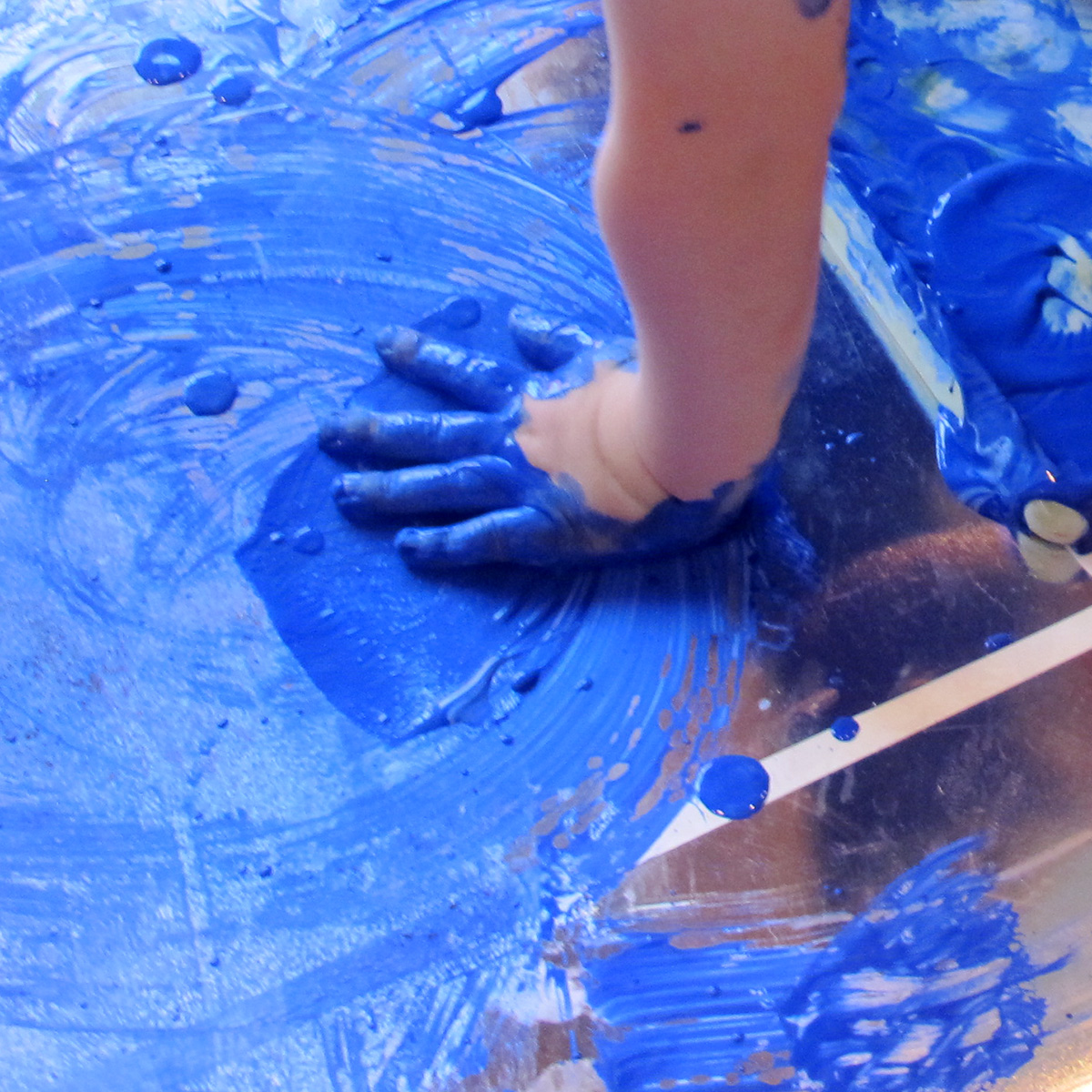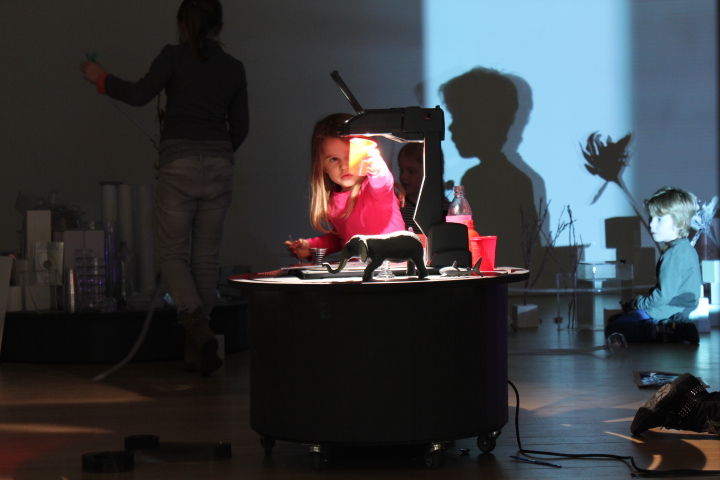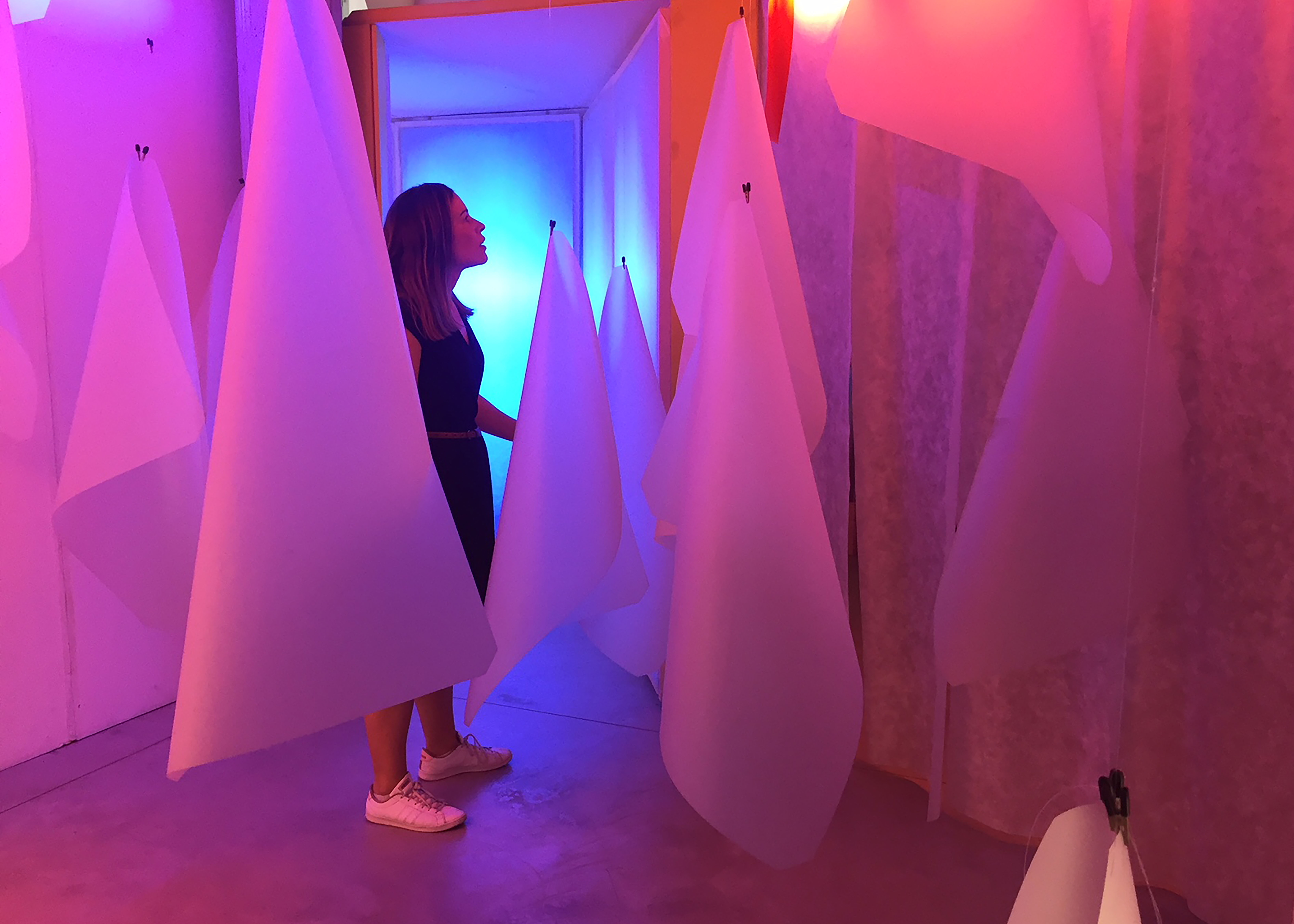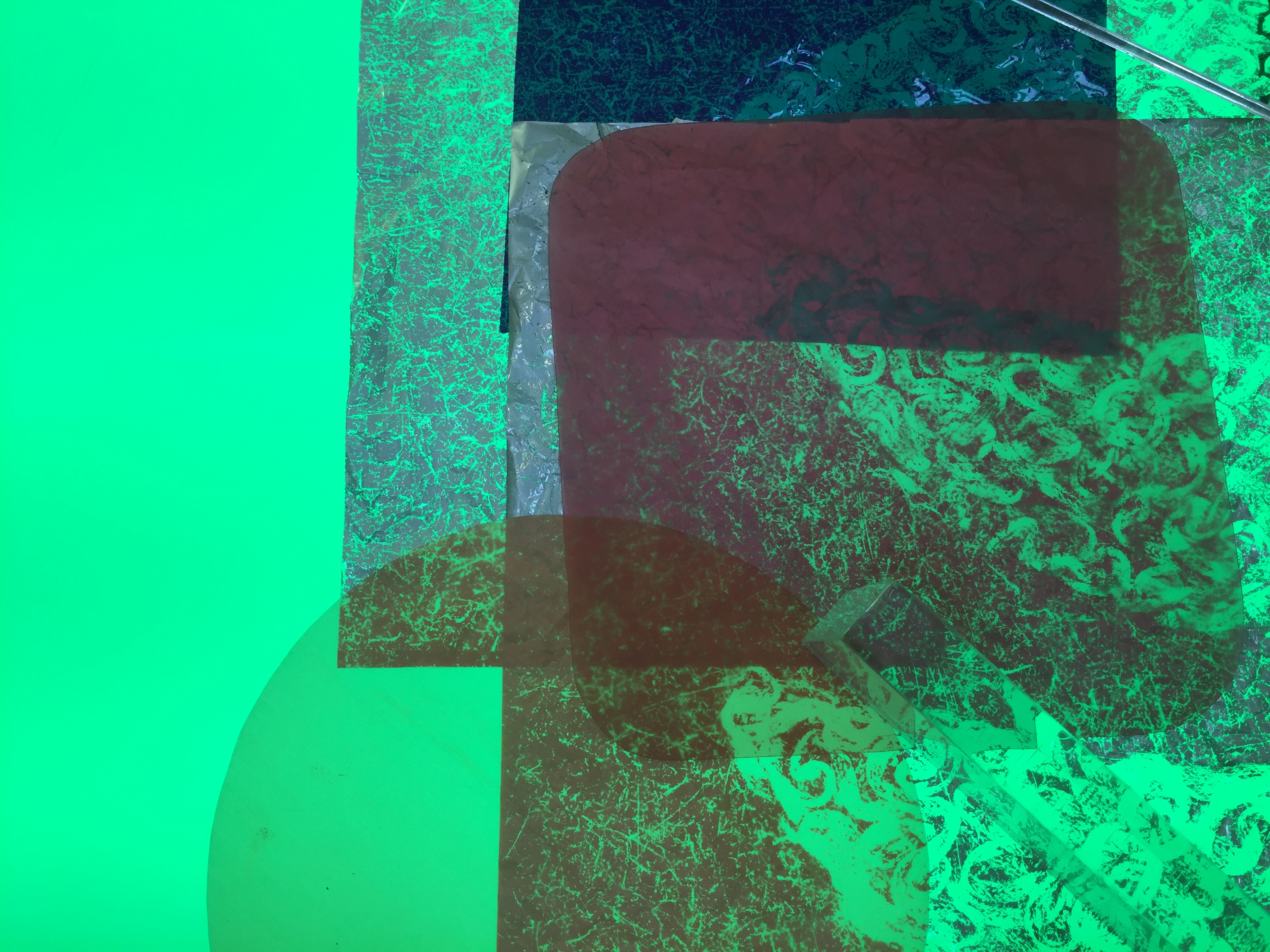Documenting children’s learning is an intricate process. In this expert interview, Mara Krechevsky, a senior researcher at Harvard’s Project Zero research centre, discusses the ins-and-outs of making learning visible. Documenting children’s learning is a complex and (sometimes) confusing process. Questions of how educators can use documenting to support learning are deeply intertwined with debates surrounding ethical and political assumptions in education. Mara Krechevsky has over 30 years’ experience in education research with a specific interest in documenting learning. In her role at Harvard, she has worked on a myriad of ‘visible learning’ projects including directing Project Zero’s Making Learning Visible, an initiative that began as a collaboration with educators from Reggio Emilia. Project Zero is a research centre at Harvard’s Graduate School of Education. Founded by philosopher Nelson Goodman in 1967, Project Zero began with a focus on understanding learning in and through the arts. Since then, the centre’s mission has…
The ‘Atelier van Licht’ at the Centraal Museum, Utrecht
This post features a reflection on my visit to the Atelier van Licht at the Centraal Museum in Utrecht, The Netherlands. The Atelier was being presented as part of the museum’s Nice’n’Light exhibition that ran from 17 October 2015 – 24 January 2016. Above: Atelier van Licht at Stedelijk Museum, Amsterdam. Image credit: Atelier van Licht A creative space for children’s play and experimentation with materials Back in February 2016, I travelled to the Netherlands to meet with Annemieke Huisingh, the founder of the wonderful Atelier van Licht. I was interested in learning more about the Atelier’s approach to designing children’s material-based creative learning environments. At the time, the Atelier (which is another word used to describe an artist’s studio) was on display at the Centraal Museum in Utrecht as part of a contemporary art show that was exploring artist’s experimentation with light. The Atelier had been designed for children of all ages…
Reggio Emilia’s art studio ‘ateliers’ for children
Earlier this month I was fortunate enough to visit the Loris Malaguzzi centre in Reggio Emilia. I was interested in learning more about the early childhood philosophy’s approach to children’s creativity, art and learning with materials. This post shares key ideas around the role of the ‘atelier’ in the Reggio Emilia approach. I also discuss my reflections on the Ray of Light atelier space at the centre. “Tools and materials make it possible for children to have experiences in which their thinking takes on different forms” (Dahlberg & Moss, 2010) The Atelier – a space for children’s creative experimentation Educators from Reggio Emilia often talk about the unpredictable nature of learning in which knowledge is formed through unexpected relationships and new connections. This understanding challenges the idea that education is a linear process of development. In Reggio Emilia preschools, the atelier is a creative studio for young children’s imagination, expression and experimentation that…
3 tips for scaffolding children’s play with materials
Children’s play with materials is important as it allows them to think and learn in different ways. As a child’s creativity is always limited by what they do and do not know, scaffolding can open up new opportunities for more complex learning over time. Scaffolding is a term that was first coined by Vygotsky (1978) who described the process as something that allows children to move their current level of understandings to a more advanced one. This process helps children to undertake activities that they usually would not be able to without the help of others. Teachers and parents often do a lot of scaffolding in children’s lives. They teach children how to brush their teeth, share with others and read. Children’s peers, technology and information resource like a YouTube video can also scaffold children’s learning in different ways. Scaffolding is important in children’s play with materials as it allows…
3 books on documenting children’s learning
Documenting children’s learning is a brilliant way to make creative and critical thinking processes visible. Documenting is also a great way to debate the assumptions, ethics and politics that shape education practices. This process can then be used to deepen and complexify education practices towards children (Krechevsky et al. 2013). Different terms are used to describe the process of documenting children’s learning around the world (Pacini-Ketabaw et al., 2015). For example, in England, the process is often referred to as ‘learning journeys,’ in Italy and parts of Scandinavia it is ‘pedagogical documentation’ and in Canada ‘pedagogical narration.’ It makes sense that different terms have been created as documenting children’s learning varies significantly in different contexts. Below are three of my favourite books on documenting children’s learning. Each book has been written in a different country (America/Italy, Canada and Sweden) and generates diverse theoretical and practical perspectives on the topic. I hope…
Reggio Emilia Australia article on art, museums and creative learning
This post is an extract of a conversation between myself and Chris Celada published in the current edition of ‘The Challenge,’ Reggio Emilia Australia’s quarterly journal. Chris is a teacher and Reggio Australia editorial board member. The conversation offered the opportunity for both of us to dig deeper into our philosophies, strategies and practices of working at the intersection of art and pedagogy.
Visiting Reggio Australia’s pedagogical documentation centre
This post features a summary and reflection on the theory, principles and practices of the Reggio Emilia process of pedagogical documentation. The possibilities and challenges of what this reflective methodology holds for children’s gallery education are also discussed in relation to my doctoral research. “There is a constant relational reciprocity between those who educate and those who are educated, between those who teach and those who learn. There is participation, passion, compassion and emotion. There is aesthetics. There is change.” Carlina Rinaldi Last week I was fortunate enough to spend an afternoon visiting the Reggio Emilia Australia Information Exchange’s documentation centre at the University of Melbourne. I was interested in taking some time to think and reflect on how other early year’s educators are working with the process of pedagogical documentation within their own education settings. This is particularly pertinent to me after spending the past few months working with the early year’s…







